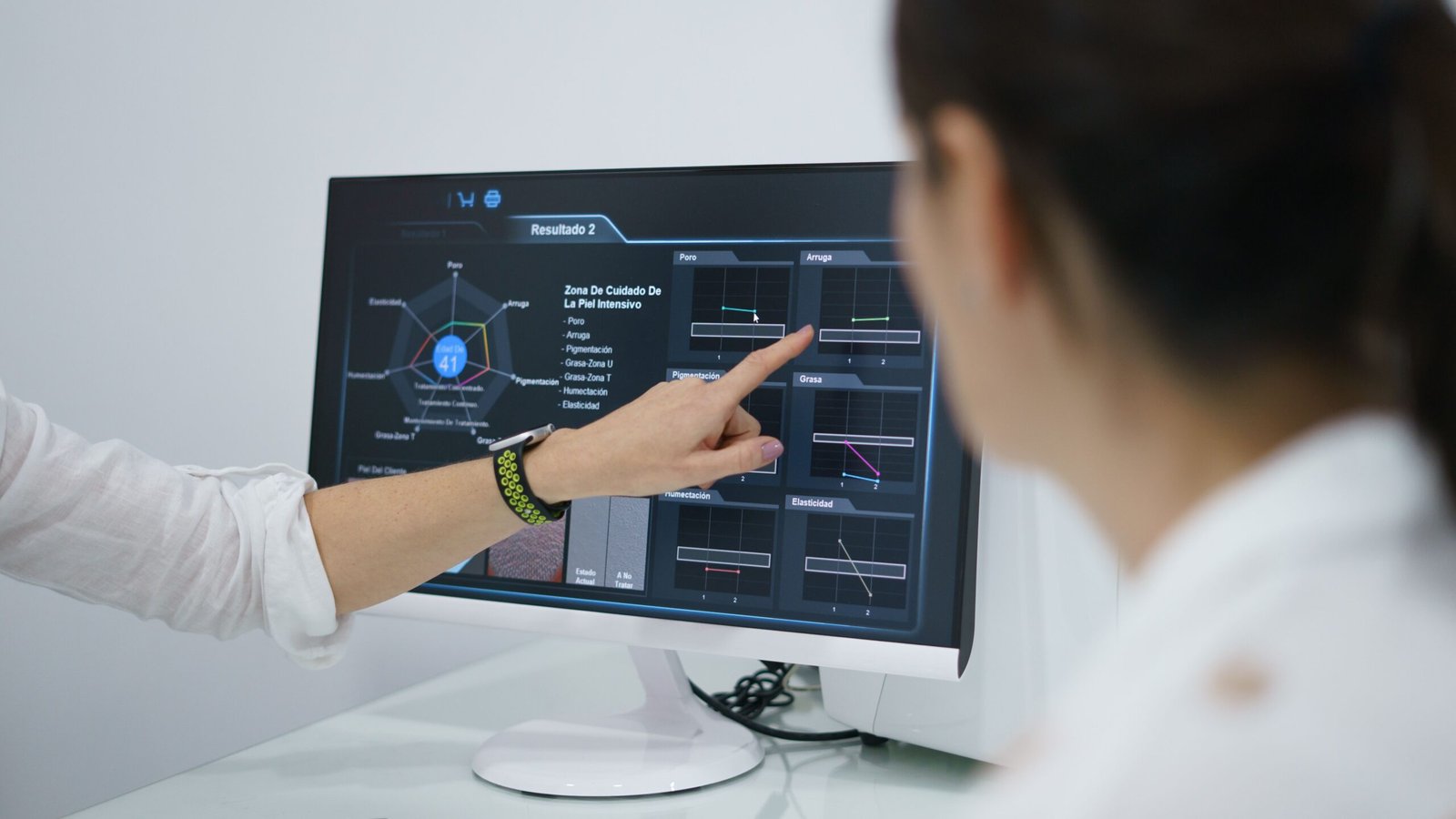Humans are tactile creatures. We’re wired to understand the world by touching, feeling, and interacting with the objects around us. We pick things up, turn them over, bash them together, and toss them in the air. This hands-on exploration is how we make sense of things – and it’s how users instinctively approach your application.
To meet this innate human behavior, your application needs a tangible interface. Something users can click, read, look at, and fiddle with. A tangible interface bridges the gap between functionality and usability, making your application intuitive, engaging, and, most importantly, valuable.
1. Good Interface Design Is Obvious Design
Great interfaces don’t need instruction manuals. They’re self-explanatory, encouraging users to dive right in and explore. Buttons should look like buttons, sliders should invite interaction, and actions should have immediate, visible effects.
Consider these examples of obvious interfaces:
- Clickable Buttons: A button with depth, color, or hover feedback signals it’s meant to be pressed.
- Drag-and-Drop: Elements that visually move or respond as you click and drag them.
- Interactive Animations: Subtle transitions – like a menu expanding or a toggle switching – reinforce how the interface works.
When users don’t have to pause and think, they stay engaged. A tangible interface removes barriers to entry and builds confidence as users experiment and see immediate results.
2. Tangibility Encourages Curiosity and Play
Humans love to fiddle with things. Whether it’s clicking, swiping, or scrolling, we naturally engage with interfaces that respond to our input. A tangible interface invites users to explore and discover features organically, leading to deeper engagement.
Take, for instance, the growing popularity of gamified app elements. These features encourage interaction through tangible design cues:
- Progress bars that fill up as users complete tasks.
- Buttons that animate or change when pressed.
- Swipe gestures to navigate or reveal hidden content.
By making your application feel alive, you turn it into something users want to interact with – not just something they have to use.
3. Tangibility Creates Trust
A tangible interface provides feedback, reassuring users that their actions have an impact. Clicking a button should yield a visible result. Dragging an element should feel responsive. This feedback loop builds trust, showing users that your application is reliable and intuitive.
For example:
- When users add an item to a shopping cart, showing the cart icon update in real-time confirms their action.
- A loading spinner or progress indicator tells users the app is working on their request.
Without these tangible cues, users are left guessing. Uncertainty leads to frustration, and frustration drives people away.
4. Tangibility Makes Your Application Sellable
At its core, a tangible interface isn’t just about usability—it’s about marketability. Users don’t buy functionality; they buy something they can see and feel.
Imagine trying to sell an app with an invisible interface. Without tangible elements to showcase, you have nothing to demonstrate, nothing for users to latch onto. Tangible interfaces provide the visual and interactive proof of value that helps you sell your application:
- Buttons, menus, and sliders give users something concrete to interact with.
- Clear feedback and visual design demonstrate polish and professionalism.
- Interactive features show off the app’s potential, making it easier for users to say, “I want that.”
Conclusion: Make It Touchable, Even If It’s Digital
Users need something tangible to connect with. They want an interface they can explore, interact with, and trust—without needing a manual to get started.
By designing a tangible interface, you make your application:
- Accessible, with intuitive design that anyone can use.
- Engaging, by encouraging curiosity and play.
- Marketable, with visual and interactive elements that demonstrate value.
In the end, tangibility isn’t just about creating an interface – it’s about creating an experience. An app that users can “touch” and “feel” in a digital sense is an app they’ll remember, recommend, and return to. So give your users something to click, read, look at, and fiddle with. Make it tangible.

